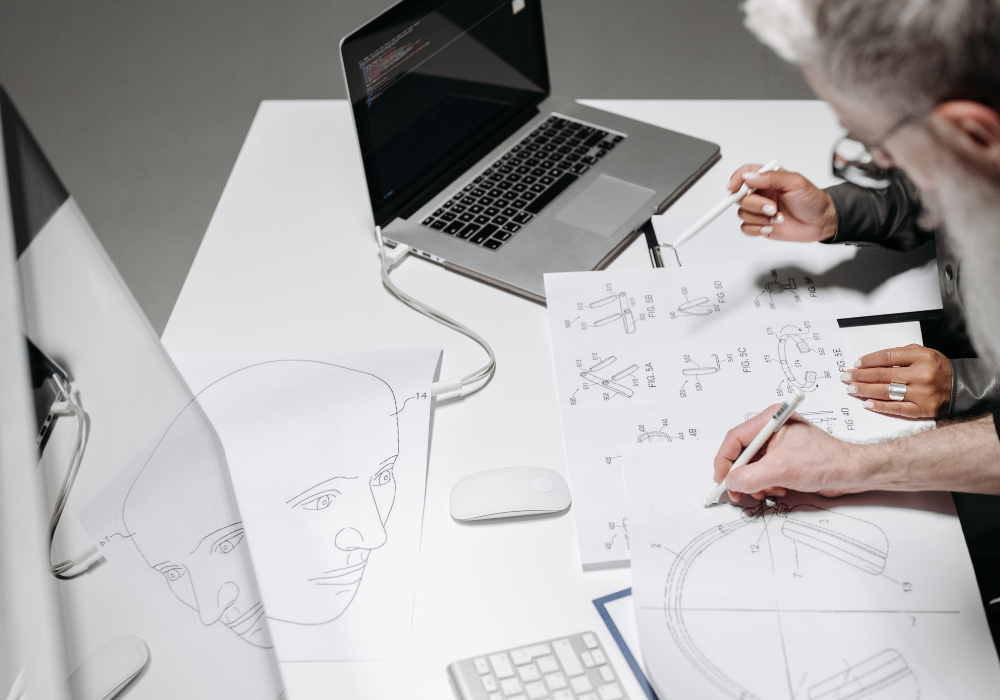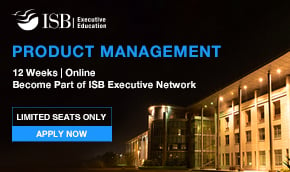Product Design and Development 101: Your Comprehensive Guide in 2023

- What are the Key Steps in Product Design and Development?
- What is the Role of Market Research in Product Design and Development?
- How Can Product Managers Collaborate With Their Teams During the Design and Development Process?
- Best Practices for Prototyping in Product Development
- A User-Centric Product Design and Development Process
- Learn All Aspects of Product Management with Emeritus
Due to cutthroat competition in the product market, innovation is the need of the hour for products to succeed amidst the large number of options being churned out at an alarmingly fast pace. Given this current reality of the marketplace, the importance of the product design and development process has undeniably increased. Dive into this blog post to understand everything about product design and development and what you need to stand out in the crowd.
What are the Key Steps in Product Design and Development?
The entire process of product development and design entails quite a few aspects. Here are the key steps involved in product design and development:
Step 1. Market Research
The first step in product design and development depends on determining the needs of your target market. It is therefore imperative that businesses perform in-depth market surveys before starting to work on new product ideas.
Step 2. Ideation
The next stage, which involves generating new product ideas, is where brainstorming happens. The ideas will depend on the requirements of the target market. At this stage, you must have a general idea of your product functionality and how you plan to design it. This is to enable you to stand apart from your competitors while fulfilling the needs of your target market.
Step 3. Product Definition
The third stage in the product design and development process is about refining the product strategy. You will have to perform a detailed business analysis to create a well-defined product roadmap. The stage is also crucial for the value proposition of a product and for establishing metrics to determine the product’s success. The stage involves brainstorming your marketing strategy according to your budget and requirements as well.
Step 4. Prototyping
The early-stage prototype can be anything from a simple drawing to a more complex computer model of the initial design. Creating the initial prototype is all about identifying risk areas that can show up while developing the product. The prototype should match the requirements of your target audience and be compatible with the key functionalities of your product.
Step 5. Initial Design
This fifth stage involves the development team working on a mock-up of the product according to the prototype. Once the product design gets approved, the development team will proceed to the testing phase.
Step 6. Validation and Testing
In this stage, the product is tested to determine whether every part of it is working efficiently. The testing stage involves evaluating everything from concept development to deciding marketing strategies before making the product public.
Step 7. Commercialization
The final stage is all about launching the product in the market. This can happen only after the design has been finalized, the product has undergone quality testing, and the marketing strategy is in place.
Also Read: 5 Impactful Ways to Develop Product and Consumer Interest in the Market
What is the Role of Market Research in Product Design and Development?
Around 25% to 45% of new products fail in the market, and a major reason behind the failure is the absence of adequate market research and analysis. It’s clear then that carrying out market research in product design and development is crucial to evaluate the potential longevity of a product. Forecasting the product lifecycle enables businesses to adapt to change and protect them from the negative implications of market fluctuations.
Furthermore, market research enables businesses to understand how the target audience will perceive the product. It enables design teams to consider ways to design products to optimize the user experience. It also enables businesses to develop marketing plans that resonate well with the target audience.
How Can Product Managers Collaborate With Their Teams During the Design and Development Process?
A strong collaboration between product managers and their teams is a crucial element for a seamless and successful product design and development process. Here’s how that can be achieved:
1. Define Responsibilities Clearly
A product manager needs to clearly define the responsibilities of every member of the team. By ensuring that every member focuses on their task, the product design and development process will be smoother. And if any member is falling short of fulfilling their responsibilities, address the issue immediately to continue running on the clock.
2. Answer Team Members’ Questions
A product manager should be easily approachable so as to respond to any queries team members might have. This will help avoid any roadblocks during the product design and development process.
3. Set Up Frequent Feedback Loops
A product manager’s responsibility is to provide frequent feedback. Any kind of valuable feedback from a product manager can help teams improve the product design, even perhaps approach the design in new ways based on that feedback.
Best Practices for Prototyping in Product Development
Some of the best prototyping practices in product design and development are as follows:
1. Use the Inside-Out Approach
The most common prototyping approach is getting the basic navigation elements down. This means adopting the outside-in approach, where the focus on content is secondary. On the other hand, if you want a more user-focused technique, choose the inside-out prototyping approach. This involves prioritizing information crucial for users.
2. Concentrate on User Scenarios
You can develop several user personas and figure out the different ways these personas might interact with your product. Your design should be focused on ensuring a smooth user experience. Concentrating on user scenarios in this way will help you develop functional prototypes that will ultimately help you develop the product as you intended it to be.
3. Choose the Right Users for Testing
If you want your usability testing to be successful, you must find the right users. Ideally, you should strike a balance between experienced and new users in the domain. For instance, if you are redesigning a dating app, the test users should be existing account holders as well as new ones.
A User-Centric Product Design and Development Process
This is of paramount importance because keeping your focus on the user experience will go a long way in defining how successful your product is. If you’re thinking about how to do this, we’ve got you covered:
1. Discover
Conduct interviews, surveys, or group discussions to understand user pain points. After all, it is only by uncovering every issue faced by the user community that you can design a user-centric product.
2. Define
It is entirely possible that you will discover several problems faced by your target user community. However, it may be that your product won’t be able to focus on all the problems of the users.
What you need to do then is narrow your focus by working on the most impactful aspects that can create bottlenecks in the product design process.
3. Develop
After prioritizing the issues to solve, start looking for ideas. To do so, you need to have an open mind to consider and accept probable solutions to the problem. Additionally, in case there are multiple solutions on offer, which is always a probability, get your team to vote on the best one.
4. Delivery
Finally, you need to build Minimal Viable Products (MVPs), mock-ups, or prototypes to test them with real users. Also, remember that feedback is crucial when it comes to making the right decisions in a user-centered approach.
Also Read: 5 Exciting Facts About Product Label Design You Didn’t Know
Learn All Aspects of Product Management with Emeritus
It is clear, then, that the design phase is a crucial part of the product roadmap. If you can get everything right at this stage, more often than not, everything else usually falls into place. Therefore, it’s important to know everything you can about developing the right strategy for new product ideas before getting into it. Here’s where we come in; explore some of the best product management courses offered by Emeritus, and expand your knowledge about product design and development.







